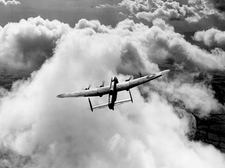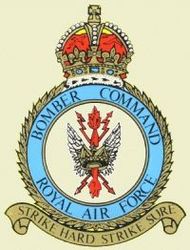
location & layout of airfield.
B.C Form 10/ Lancaster Pilots Notes
576 Sqn Lancaster PD 309 recovery
GROUP CAPTAIN TERENCE JOHN ARBUTHNOT
576 Sqn Wing/Cmdr Basil Arthur Templeman-Rooke
576 Sqn F/O William Carland Johnston
49 Sqn Flt/Lt Victor Medway Arnold
49 Sqn Sgt. E.B.(Ted) Cachart.
49 Sqn Sgt Douglas D.R. Dalaway
576 Sqn Flt/Lt Bertram W. Roberts
576 Sqn Flt/Sgt Johnny Musgrove
576 Sqn Flying Officer Edward L Saslove
49 Sqn Pilot Officer Edgar R. G. Haines D.F.M.
576 Sqn Flying Officer Frank Wilson
576 Sqn Flt/Sgt Dennis Ovenden
49 Sqn Flying Officer Alexander V Bone
576 Sqn Warrant Officer Frederick Taylor, DFM
576 Sqn Warrant Officer Reg Croot
49 Sqn. S/L J.E Raw-Rees D.F.C.
576 Sqn Sgt Alfred Thorpe Turton
576 Sqn Warrant Officer Eugene Patrick (Jimmy) Collins
576 Sqn F/O Archibald de Largy Greig





